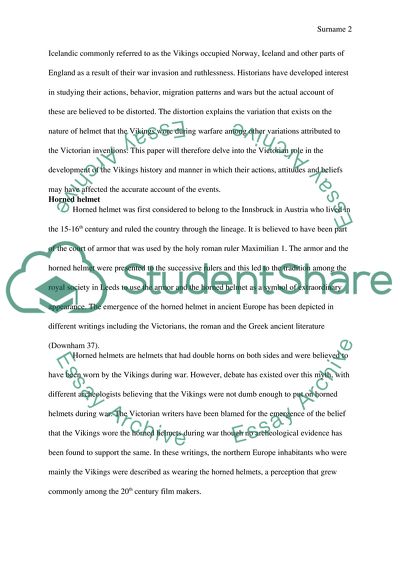Cite this document
(The Victorian Invention of the Vikings Literature review Example | Topics and Well Written Essays - 4250 words, n.d.)
The Victorian Invention of the Vikings Literature review Example | Topics and Well Written Essays - 4250 words. https://studentshare.org/history/1830749-to-what-extent-did-the-victorians-invent-the-vikings
The Victorian Invention of the Vikings Literature review Example | Topics and Well Written Essays - 4250 words. https://studentshare.org/history/1830749-to-what-extent-did-the-victorians-invent-the-vikings
(The Victorian Invention of the Vikings Literature Review Example | Topics and Well Written Essays - 4250 Words)
The Victorian Invention of the Vikings Literature Review Example | Topics and Well Written Essays - 4250 Words. https://studentshare.org/history/1830749-to-what-extent-did-the-victorians-invent-the-vikings.
The Victorian Invention of the Vikings Literature Review Example | Topics and Well Written Essays - 4250 Words. https://studentshare.org/history/1830749-to-what-extent-did-the-victorians-invent-the-vikings.
“The Victorian Invention of the Vikings Literature Review Example | Topics and Well Written Essays - 4250 Words”. https://studentshare.org/history/1830749-to-what-extent-did-the-victorians-invent-the-vikings.


